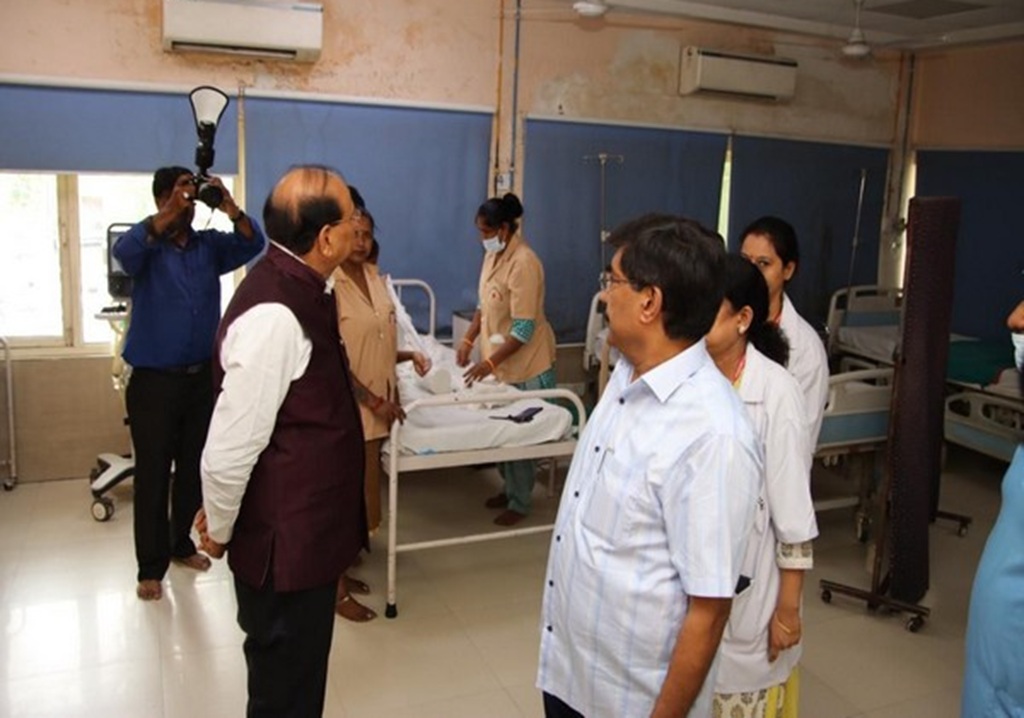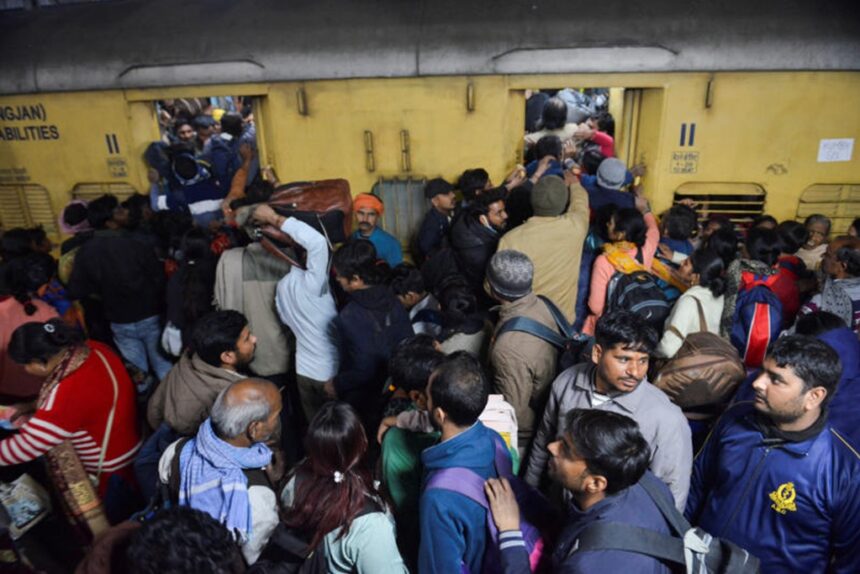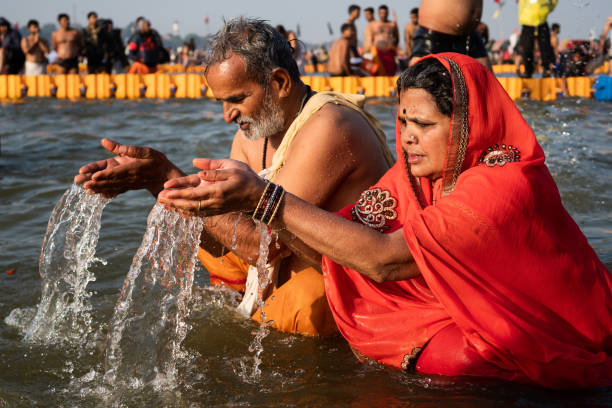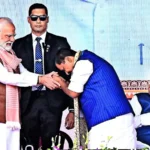A stampede at New Delhi’s main railway station has tragically claimed at least 18 lives, including five children. Victims ranged in age from seven to 79, according to various media outlets have reported.
Atishi Marlena, the chief minister of New Delhi who is known by only one name, shared on X (formerly Twitter) that many of the victims were pilgrims heading to the Hindu Maha Kumbh festival. She initially told reporters that 15 people had died.
Over a dozen injured individuals are currently receiving medical care in hospitals, according to news outlets.
Reports state the incident occurred around 8 p.m. on Saturday on two platforms where people were waiting for trains to Prayagraj, the city hosting the Maha Kumbh. Videos and images from the scene show chaotic crowds, with people falling over one another as police and rescue workers worked to control the situation.
“There was an overwhelming crowd at the station, rushing toward the train to Prayagraj,” a woman told India Today. “I lost my belongings and barely made it out alive.”
Railway Minister Ashwini Vaishnaw announced that an investigation is underway to determine the cause of the stampede.
Just last month, another deadly stampede occurred at the Maha Kumbh in northern India. During a pre-dawn rush, dozens lost their lives as millions of Hindus gathered to take a holy dip in sacred river waters on what is considered the festival’s most auspicious day.
India has a history of tragedies at large gatherings, particularly during religious events.
Delhi’s lieutenant-governor, VK Saxena, visited the injured in hospital, according to local reports. “This is a heartbreaking incident, and we offer our condolences to the families who have lost their loved ones,” Atishi said.

In response to the congestion, Northern Railway has announced special train services to manage the large number of passengers travelling to the Maha Kumbh. A press release detailed the schedules for four additional trains designed to handle the increased demand.
Train No. 04420 will depart from New Delhi to Prayagraj Junction at 7 p.m., passing through Ghaziabad, Moradabad, Bareilly, Lucknow, and Rae Bareli. Train No. 04422 will follow the same route, leaving at 9 p.m.
From the Anand Vihar Terminal, Train No. 04424 will head to Prayagraj Junction at 8 p.m., taking the same path. Another train, No. 04418, will operate between New Delhi and Darbhanga, stopping at Ghaziabad, Kanpur, Lucknow, Varanasi, and Patna, with departure scheduled for 3 p.m.
These measures aim to reduce overcrowding at stations and prevent further incidents as thousands of pilgrims continue their journey to Prayagraj for the festival.
What is Kumbh Mela?
Kumbh Mela is one of the largest religious gatherings in the world, attracting tens of millions of Hindu devotees and spiritual seekers from India and beyond. The event is deeply rooted in Hindu mythology and revolves around the belief in the cleansing powers of sacred rivers. Pilgrims bathe in these waters, seeking to purify their sins and move closer to spiritual liberation.
The festival rotates between four cities in India: Prayagraj (formerly Allahabad), Haridwar, Nashik, and Ujjain. Each location is associated with a sacred river such as the Ganges, Godavari, or Shipra. A full Kumbh Mela takes place every 12 years, with a smaller event, known as “Ardh Kumbh,” held halfway between two full cycles.
The 2025 festival is expected to be a Maha Kumbh Mela, an even rarer event that occurs only once every 144 years, making it particularly significant. The term “Kumbh Mela” translates to “Festival of the Pitcher” in Sanskrit. “Kumbh” refers to the pitcher said to contain the nectar of immortality in Hindu legend, while “Mela” means a gathering or fair.
Hindu scriptures tell the story of the Samudra Manthan, or the churning of the ocean of milk by gods and demons in search of the nectar of immortality. According to mythology, four drops of this nectar fell at the locations where Kumbh Mela is now celebrated, rendering them sacred.
The event draws a diverse crowd, from Hindu holy men known as sadhus to families and international visitors. While it is primarily a Hindu tradition, people from other faiths also attend to experience its cultural and spiritual significance.
For many, attending Kumbh Mela is a once-in-a-lifetime spiritual journey. Bathing in the sacred rivers during the festival is thought to cleanse sins, free individuals from the cycle of rebirth, and bring them closer to moksha, or spiritual liberation. It’s an opportunity for participants to renew their faith, connect with others, and immerse themselves in centuries-old traditions.















